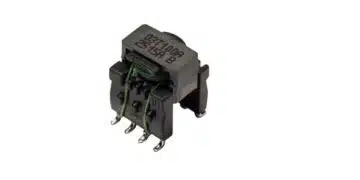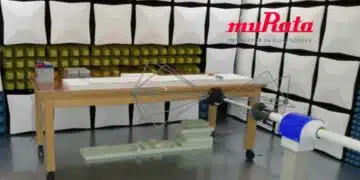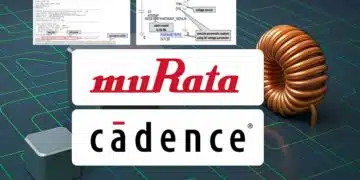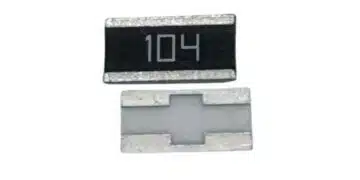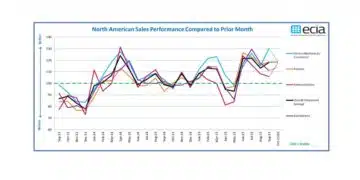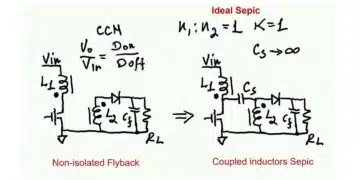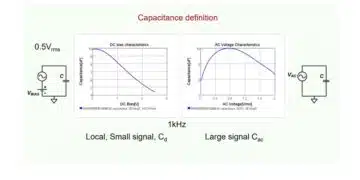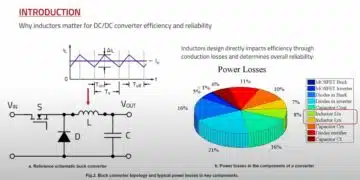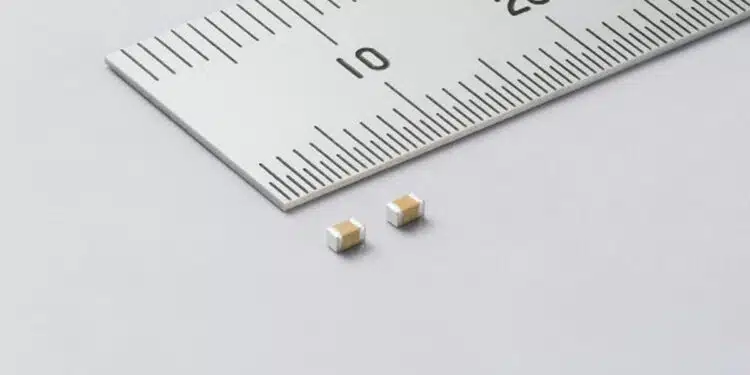Murata Manufacturing Co. Ltd is expanding its range of multilayer ceramic capacitors (MLCC) with the groundbreaking new GRM188C80E107M and GRM188R60E107M.
Designed to cater to the continuous demands for miniaturization in servers, data centers, and IT applications, this solution stands out as the world’s first MLCC to provide a capacitance of 100μF in a 0603-inch (1608mm) size package.
In a wide array of consumer, IT, and industrial electronic devices, Murata’s MLCCs are utilized as a pivotal component that serves the purpose of temporarily storing and discharging electricity, dampening noise in signals, extracting signals at specific frequencies, as well as blocking direct current while permitting the flow of alternating current.
With its compact packaging, 2.5V rated, low equivalent series resistance (ESR) and impedance, and X6S/X5R dielectric material temperature classes, the new GRM188 is ideal for decoupling and smoothing circuits in demanding computer and network environments.
Within server and data centers, there is a continuous push to increase miniaturization and increase efficiency, while reducing material consumption. As performance and integration are advanced, the need for components to occupy less space and withstand higher temperatures becomes crucial. The impetus behind these industry advancements is further propelled by the demand for enhanced AI capabilities.
Leveraging Murata’s thin layer forming technology and a high-precision lamination process to meet the needs of the industry, the new GRM188 provides a wide operating temperature range and is the first 100μF MLCC capacitor available in 0603 packaging. It enables designers to further push system miniaturization by decreasing the number of capacitors used, allowing for a simultaneous reduction in circuit substrate area.
“The GRM188 represents yet another world-first achievement for Murata’s MLCC lineup, surpassing previous limitations and aligning perfectly with market demands,” said Hidetoshi Nakagawa, General Manager of Ceramic Capacitor Marketing at Murata. “In addition, this miniaturization not only improves the design of end applications and reduces the number of materials needed, but it also decreases electricity consumption during manufacturing, providing a dual benefit for sustainability.”
The 2.5V rated GRM188C80E107M products with a -55°C to 105°C temperature range and the 2.5V rated GRM188R60E107M products with a -55°C to 85°C temperature range are already in production with samples available for evaluation. Also, the new GRM188 with a rated voltage of 4.0V at -55°C to 85°C goes into mass production in 2025.



